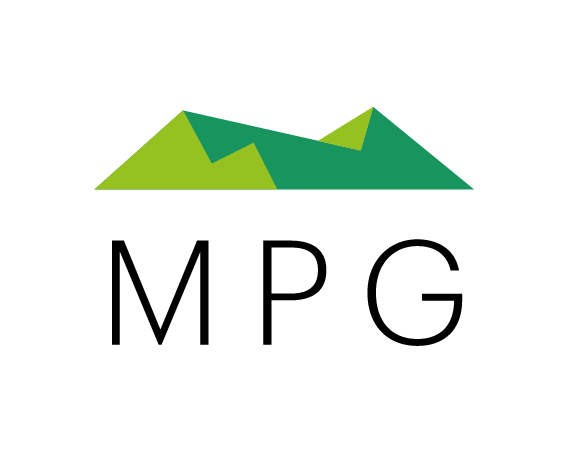Why minerals must play a key role in the Government's planning reforms
As the autumn deadline for the UK government’s planning reforms – when measures will be brought before parliament, to eventually become law – draws closer, there is still lots to achieve in acknowledging the importance of the mineral extraction industry.
Our director, Chris Heffernan, recently shared his thoughts on the Planning Bill with Hub-4 magazine – in relation to the valuable role the minerals sector plays in helping to make the government’s housing dream a reachable reality.
If you missed the original article, catch it in full here…
A closer look at the UK’s housing landscape
Turn back the clock to June 2020, when Boris Johnson announced that during the Covid-19 recovery phase, the government would “build better and build greener but (…) also build faster”, and it may come as no surprise that the subsequent planning reforms were so heavily housing-led.
This emphasis was further compounded by the country’s ‘Planning for the Future’ white paper, released shortly after the announcement.
Alongside its planning objectives, the government is also trying to meet its target to provide 300,000 new homes annually by the mid-2020s – in an effort to help combat the country’s housing shortage.
Since the prime minister’s statement, the Ministry of Housing, Communities and Local Government (MHCLG) has made it clear that the planning reforms are driven by the need for more housing, and that changing the way the county currently builds will help to deliver the number of homes the nation needs, at a more rapid pace.
As such, it was outlined in the government’s official press release last year that homes would be constructed faster by ensuring that local housing plans are developed and agreed in 30 months – as opposed to the current seven-year process.
Planning is about more than housing
While the government says these ‘landmark changes will transform a system that has long been criticised for being too sluggish in providing housing for families, key workers, and young people’, there is an elephant in the room.
Where will the building materials – such as aggregates, concrete, and brick clay – come from for this ramping up of housebuilding, and how can resource sustainability be guaranteed?
As the Mineral Products Association (MPA) has reiterated, mineral supply should not simply be assumed.
The government has declared that the reforms will help to ‘cut red tape’ and place ‘a higher regard on quality, design, and the environment’, but there has been no mention of a mineral planning and extraction strategy. This is concerning, and somewhat contradictory.
There is already a shortage of building materials across the board, casting a question mark over the industry’s ability to sustainably deliver new houses – whether 100,000 or 300,000 – per year.
A new Select Committee report – entitled ‘The future of the planning system in England’ – however, has identified the holes in the government’s current strategy and has suggested a series of considerations and amendments. This is much welcomed by the MPA.
It highlights the lack of consideration the proposed reforms would have on the mineral planning system, and states housing should not be treated separately from the greater infrastructure, economic, leisure, and environmental picture.
This report is a glimmer of hope for the sector. It is simply not good enough for the government to rely on the minerals industry to keep reminding them, through continued lobbying, that minerals are needed to achieve these housing, and wider infrastructural development goals.
Environmental awareness and minerals education
One of the biggest issues is that while the government invests time, effort, and money into marketing the country’s need for housing – elevating its importance to influence public perception – there is never any mention of the role quarrying plays in helping to make this a reality.
The industry needs the country’s policymakers to convey to the population how minerals can be won in a sustainable and environmentally considerate way – complete with restoration schemes that actually generate a net gain in biodiversity.
Unfortunately, at present, communications around minerals are not given the due care and attention they need.
Taking local authorities and councils as an example, many have limited, if any, minerals experience – which is not conducive to correctly informing and advising the government regarding any associated planning and development matters.
For instance, land banks should not be seen as the bare minimum, we need to have minerals ready to go at all times – not a tap which is turned on and off. The land banking process is a science and an art, which needs to be recognised and harnessed by the authorities.
A collaborative effort is needed
Minerals are at the cornerstone of all building construction and development – these natural resources are what make it all possible. And as this is the case, they should arguably form the starting point for any new planning policies, not be an afterthought, or worse, omitted from the decision-making process altogether.
Ultimately, new developments – be it housing or otherwise – should only be planned for if there is a definite, ready-to-go supply of minerals, and if not, then promises should not be made to deliver unattainable targets.
It is only when the country’s government officials, site operators, and minerals industry professionals work together, that a brighter, more sustainable future for the UK’s infrastructure and development can be achieved – and now is the time to secure these deposits, to fuel this vision.

